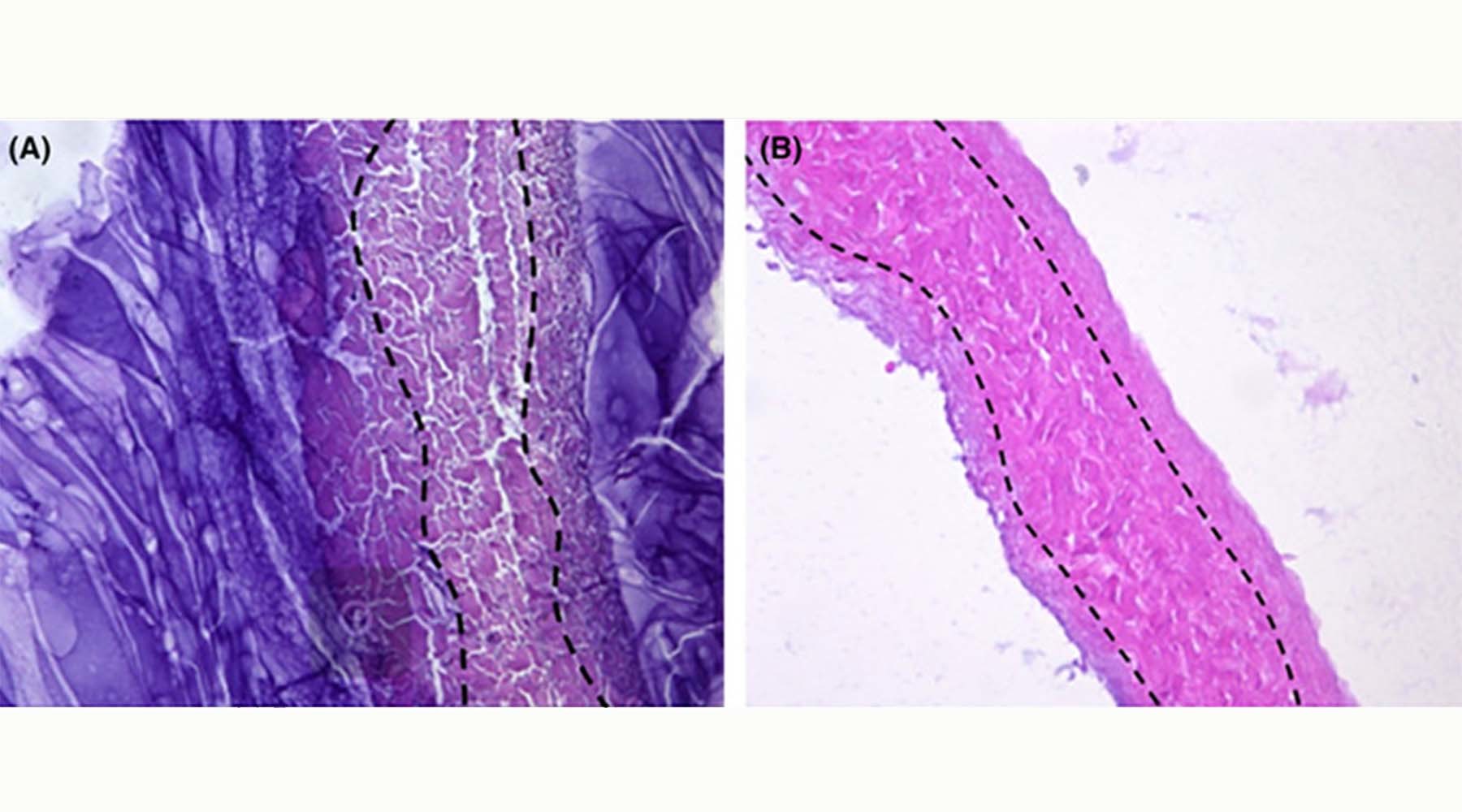Scientists of the Russian University of Chemical Technology (RCTU) named after D.I.
Mendeleev created a new biocomposite material for implants and prostheses with antibacterial properties.
This was reported in the journal Polymer International.
Mendeleevs found a way to fight infections on the surfaces of implants.
They incorporated the powerful antibiotic amikacin into the prosthetic material, which is released only in the presence of infection.
Thanks to this, the antibiotic does not end too quickly and does not provoke the manifestation of toxic side effects.
“As soon as bacteria attack the biocomposite, their enzymes begin to decompose it - and the chemical compounds of amikacin are released from the composite, which, like pure amikacin, have a pronounced antibacterial effect.
So we have developed a material that is capable of releasing an antibiotic in response to a bacterial attack, ”said Valery Dyatlov, head of the research team, Professor of the Russian Chemical Technology University.
According to scientists, the biocomposite material itself is synthesized from cellular matrices (xenomaterials) obtained after chemical treatment of living tissues: the outer shell of the heart and the shell of the liver.
As a result of a phased synthesis, the researchers obtained the necessary material with a thickness of 0.15-0.42 mm.
Micrographs of synthesized biomaterials based on: a) pericardium, b) glisson capsule of the liver
© Polymer International / Wiley
The antibacterial activity of the new materials has been tested on various bacteria (Staphylococcus aureus, Hay bacillus and Streptococcus).
The composites were brought into contact with bacterial cultures under laboratory conditions, and after a day, suppression of the growth of microorganisms was observed in the zone around the xenomaterials, under them and on the surface.
Experiments on animals were also carried out: biocomposites were injected under the skin of laboratory rabbits not infected with bacteria.
As a result, even after 12 days, the entire antibiotic, as expected, remained inside the material.
In the course of the study, it was found that by changing the thickness of the composite, it was possible to control the intensity of antibiotic release.
The thick layer of composite slowly releases the drug and is able to withstand many bacterial attacks, while a thin layer of material can be used to obtain a quick short-term effect.
According to scientists, research will be continued with other xenotissues.
The developed material is supposed to be used to create new implants resistant to antibacterial infections.

